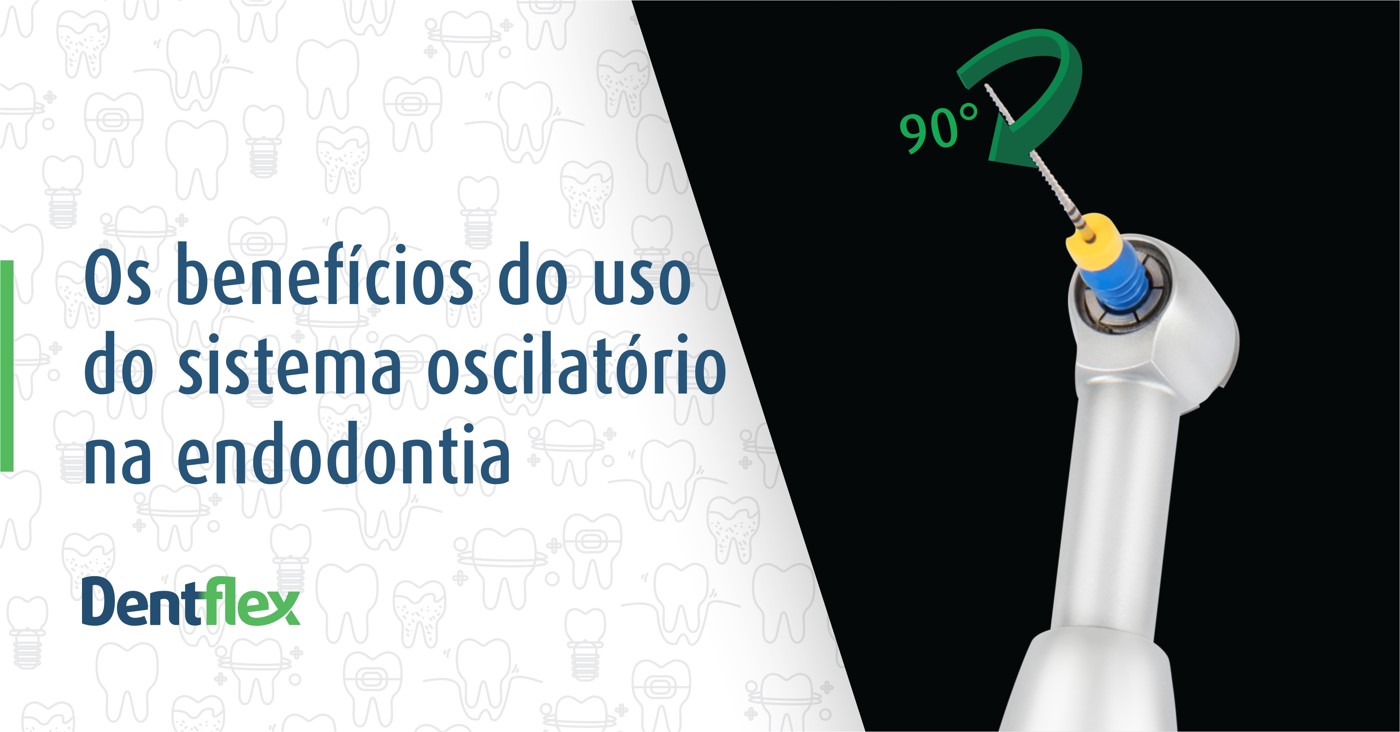The benefits of using the oscillatory system in endodontics

The precise knowledge of the root canal system morphology is a fundamental prerequisite to obtain, in addition to the appropriate biomechanical preparation, the complete removal of pulp tissue, microorganisms and infected dentine (SIQUEIRA-JÚNIOR, 2005).
Over the years, several automated devices have been developed for the preparation of root canals, aiming to improve cleaning and shaping, thus reducing working time and fatigue, both for the operator and the patient (SHORT et al., 1997).
One of the first systems developed was the oscillatory or also called, alternating, which provide the instruments with a variation of hourly and counterclockwise amplitude from 60 ° to 90 °, and are the ones that come closest to the movements that are executed manually. They are against angles with speed reducers, which can be coupled to the micromotor of the dental equipment or to an electric motor.
The contra-angles currently used are improved versions of equipment from the 60s and 70s, which have the advantages: it does not require special files, and can be used with manual files in both stainless steel and nickel-titanium (NiTi).
Manual NiTi files with characteristics of super flexibility and the shape memory effect, seem very suitable for use in these automated parts, however, any stainless steel instrument designed for curved channels can also be used, such as Flexofile files, where it is essential to pre-curl and maintain it during preparation according to the direction of the root canal curvature. In this case, the operating cost is still attractive, much lower than NiTi files (WA-G NER et al., 2006).
DENTFLEX oscillatory contra-angles for endodontics were developed with the objective of improving the quality of life and work of the endodontist, and its main attractions are to reduce the clinical time spent; allow a greater enlargement of the channels and provide a more centralized surgical channel.
Source: Mercado Odontológico. Available at: http://mercadoodontologico.com.br/artigos/imagens_artigos/canais_radiculares.pdf. Access on: 02/18/2021.
